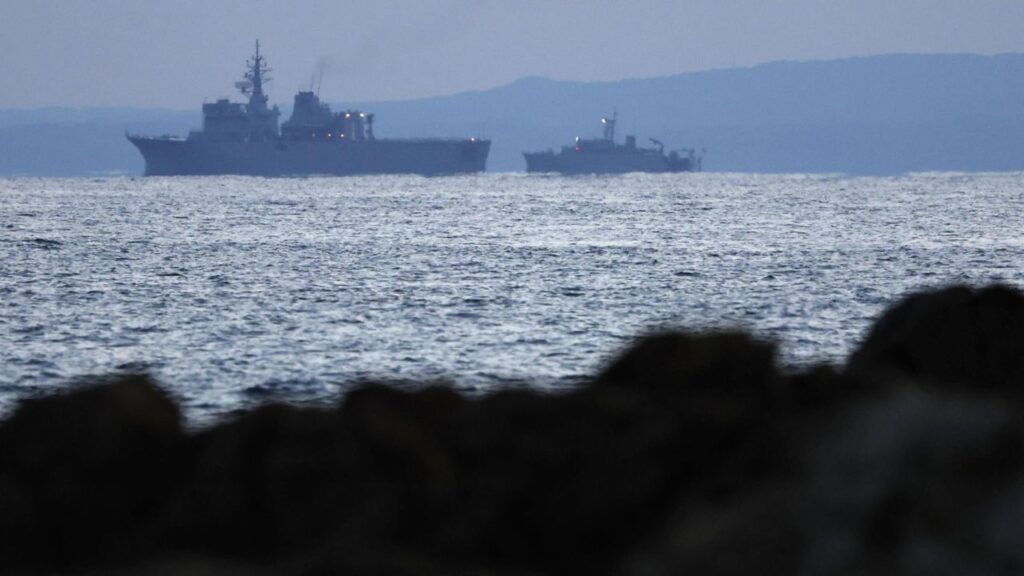The wreckage and remains of the US Air Force CV-22B Osprey Crash off the coast of Yakushima Island, Japan, were discovered on December 4. The search was conducted by a Japan Maritime Self-Defense Force vessel, involving surface ships and dive teams. The remains of one airman, Staff Sgt. Jacob M. Galliher, were recovered last week. However, the identities of the five other airmen found in the wreckage remain unknown. AFSOC emphasized that identifying the crew members is a priority, ensuring their families are informed and cared for during this difficult time. The Air Force Special Operations Command (AFSOC) is focusing on bringing the airmen home and providing support to their grieving families. The crash follows a similar incident in Australia, where three U.S. Marines lost their lives while flying in an MV-22B Osprey.
Remains Unearthed, Identities Awaited
The remains of one airman, Staff Sgt. Jacob M. Galliher, aged 24 and hailing from Pittsfield, Massachusetts, were recovered last week. However, the identities of the five other airmen found in the wreckage remain unknown. AFSOC emphasized in their statement that identifying the crew members is a priority, ensuring that their families are informed and cared for during this difficult time.
Of the five recovered crew members, two have been successfully retrieved from the Osprey Crash site. An ongoing combined effort is in progress to recover the remaining crew members, a testament to the dedication of the search and rescue teams involved.
Airmen’s Return Home a Priority
AFSOC’s primary focus is on bringing the airmen home and providing support to their grieving family members. The discovery of the remains and the aircraft’s main fuselage underscores the complexity and challenges faced by the search and recovery teams. The emotional toll on the families involved is immeasurable, and the Air Force is committed to extending all necessary assistance.
Background on the CV-22 Osprey and the Investigation
The CV-22 Osprey, utilized for various military missions, was on a routine training mission when the mishap occurred. The cause of the crash is under investigation, and details surrounding the incident are yet to be disclosed. The Osprey model has a history of both mechanical and operational issues, contributing to its involvement in fatal incidents over the past 30 years.
This crash follows a similar incident just months ago, where three U.S. Marines lost their lives while flying in an MV-22B Osprey during a military exercise in Australia. The comparison, however, reveals that, statistically, the V-22 Osprey has a lower mishap rate than other aircraft. According to Marine aviation spokesman Maj. Jorge Hernandez, the MV-22 had a mishap rate of 3.16 per 100,000 flight hours.
Conclusion: Grieving Families and Ongoing Investigations
As the recovery efforts continue, the focus remains on providing solace to the grieving families and determining the identities of the five airmen whose remains were discovered. The tragic incident not only highlights the inherent risks of military aviation but also underscores the dedication of those involved in search and rescue operations. The investigations into the crash will shed light on the circumstances leading to the mishap, contributing to the continuous improvement of safety measures in military aviation. The hearts of many remain heavy as the nation mourns the loss of these brave servicemen.







